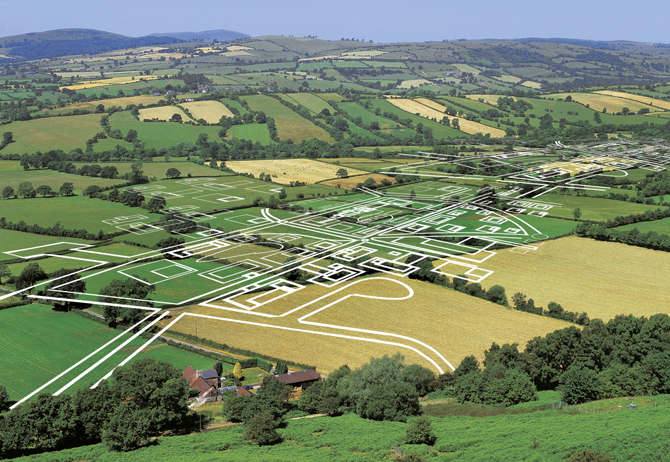Module 1
| Site: | MoodleHUB.ca 🍁 |
| Course: | Math 30-2 SS |
| Book: | Module 1 |
| Printed by: | Guest user |
| Date: | Wednesday, 24 December 2025, 8:27 AM |
Description
Created by IMSreader
1. Module 1
Module 1 Introduction
Sudoku is a very popular game that involves reasoning skills and some application of set theory. In 2008, 11-year-old Lucus Yeo broke the Sudoku world record by completing his puzzle in 1 minute and 38 seconds. You can find a video of his exciting event online and watch the boy’s excitement of beating the record. What strategies allowed him to complete the puzzle 30 seconds faster than the previous world-record holder? Searching the Internet for Sudoku strategies may result in thousands of hits—how can you determine the best strategies?
In this module you will analyze puzzles and games similar to Sudoku that involve numerical and logical reasoning. You will explore various problem-solving strategies, including graphic organizers. Later in the module, you will learn about set theory and how it can be used to analyze and solve games, puzzles, and other problems.
In this module you will investigate the following question: How can reasoning, set theory, and graphic organizers be used to analyze and solve games and puzzles?

iStockphoto/Thinkstock
To investigate this module question, you will focus on the following lessons and questions.
|
Lesson |
Title |
Lesson Inquiry Questions |
|
1 |
Strategy in Games, Puzzles, and Patterns |
How can different personal strategies be used to solve a puzzle and/or win a game? |
|
2 |
Introduction to Sets |
How can large sets of numbers be described using set notation? |
| When is it appropriate to use set notation to describe groups of numbers and their relationships? | ||
| How does an understanding of set terminology and the use of Venn diagrams help analyze data? | ||
|
3 |
Applications of Sets |
What do the words and, or, and not represent in set theory questions? |
How can set theory be used to solve problems? |
||
|
4 |
Research Project |
|
Note: Lesson 4 is an introduction to the research project, which is completed in Module 8. This lesson is intended to help you to think about
- creating an action plan
- issues affecting project completion
- the actual steps involved in completing the project

Rupert King/Digital Vision/Thinkstock
Module 1 Project
At the end of each lesson, you will be asked to complete a part of the Module 1 Project. For specific instructions on each part, refer to the Module 1 Project.
Note: Loading times for video and other media may vary depending on your Internet connection. Please be patient.